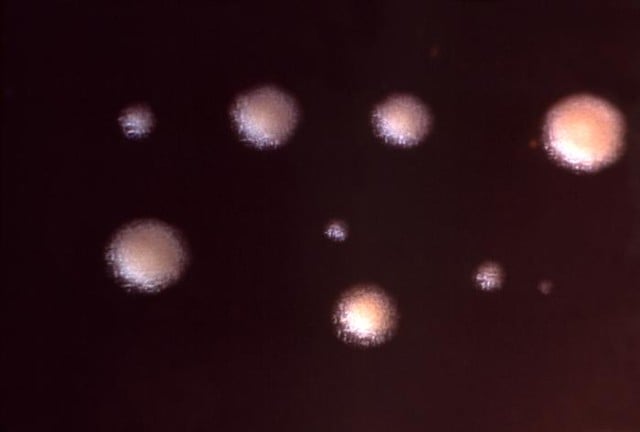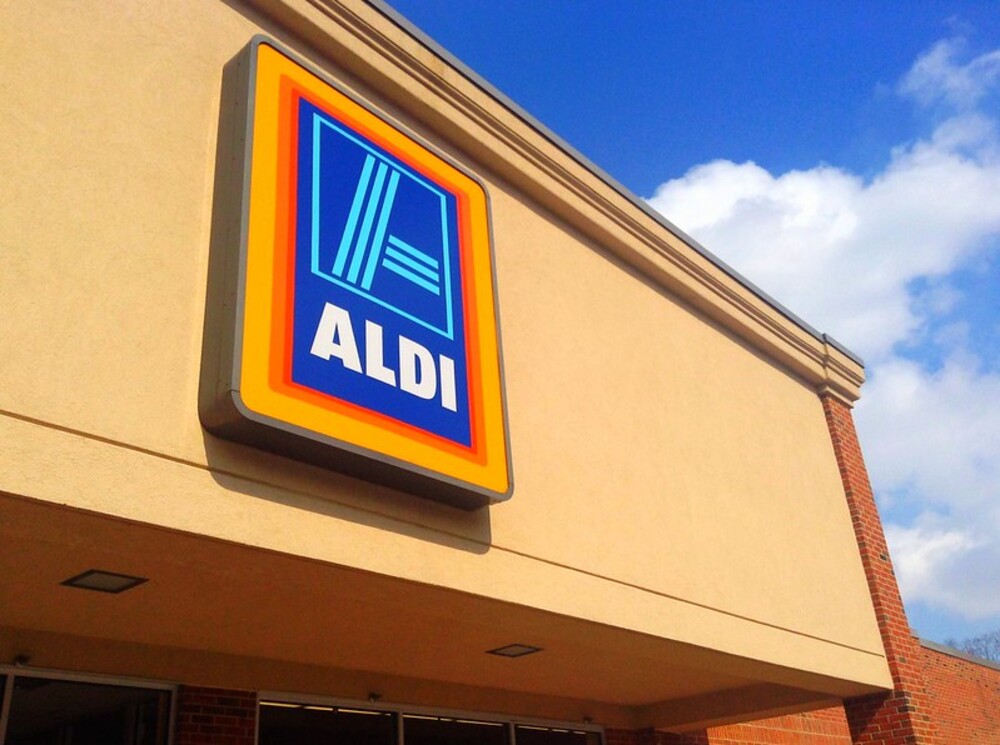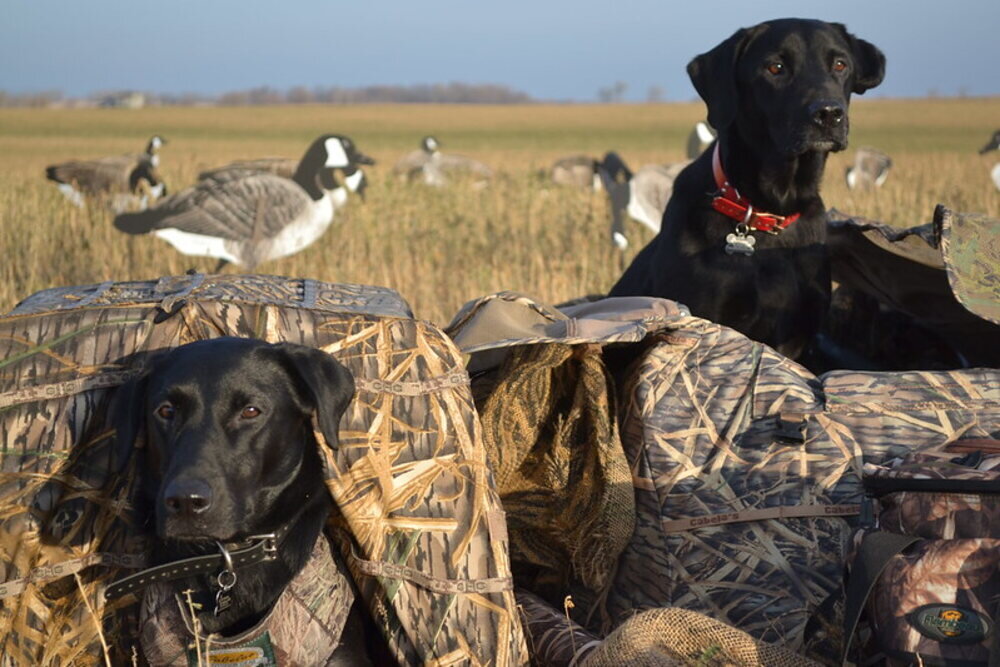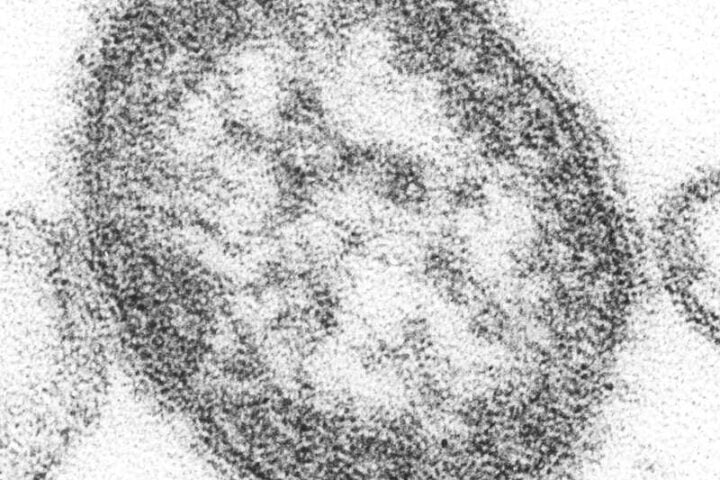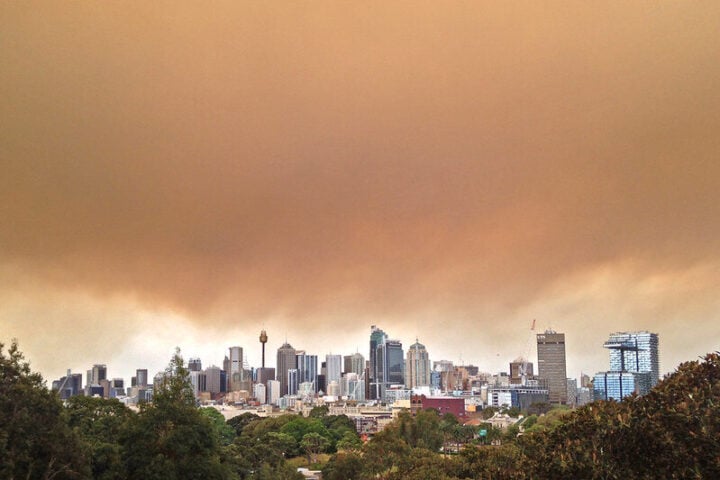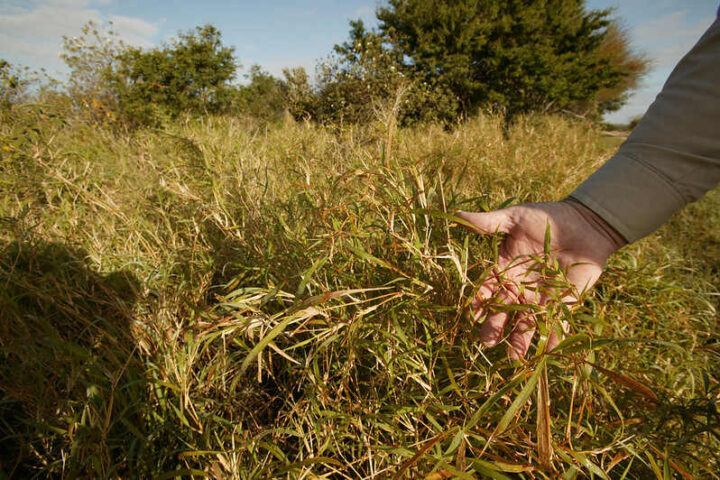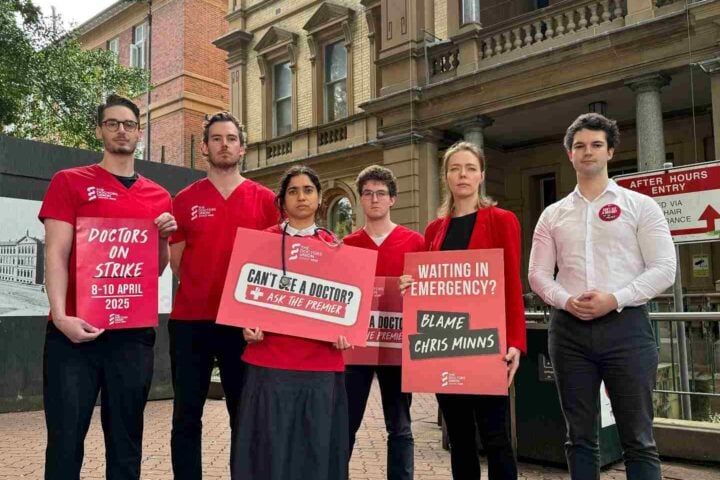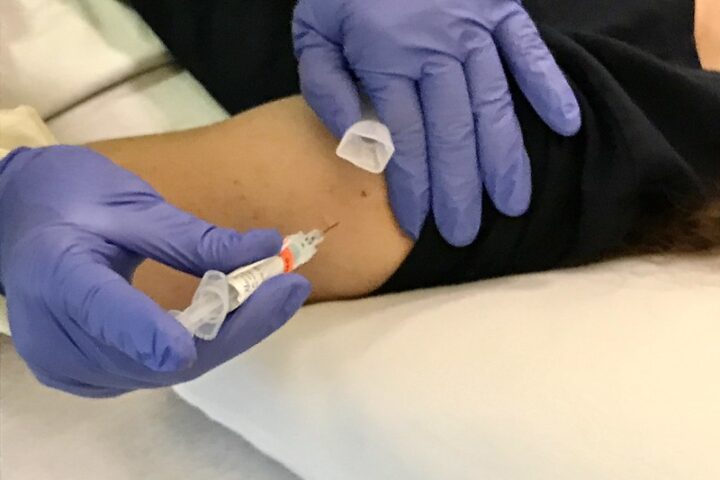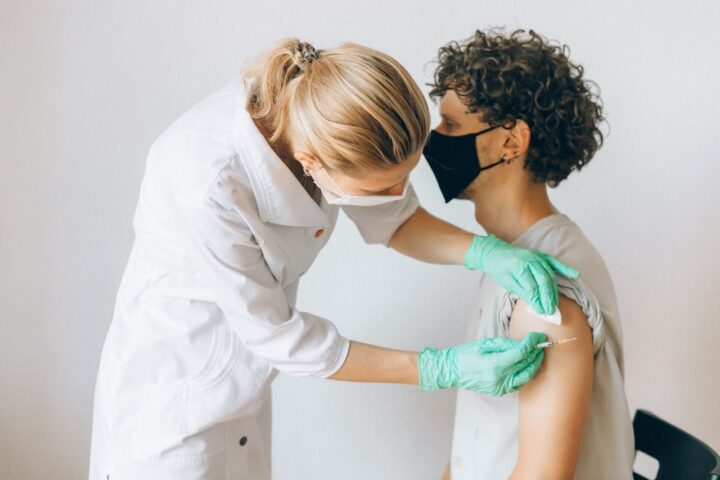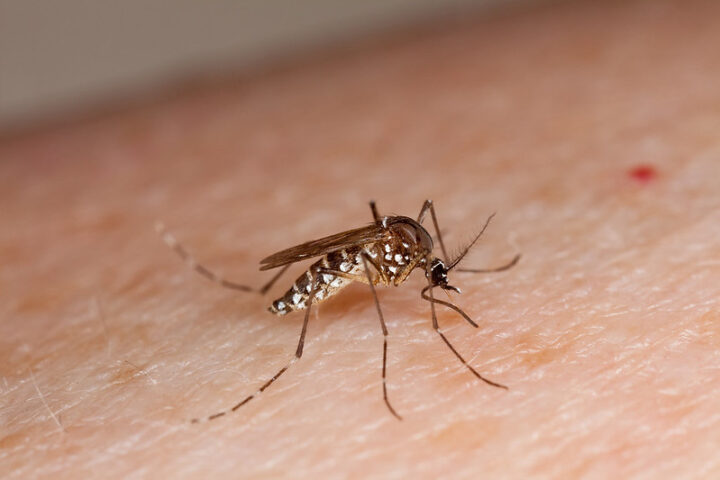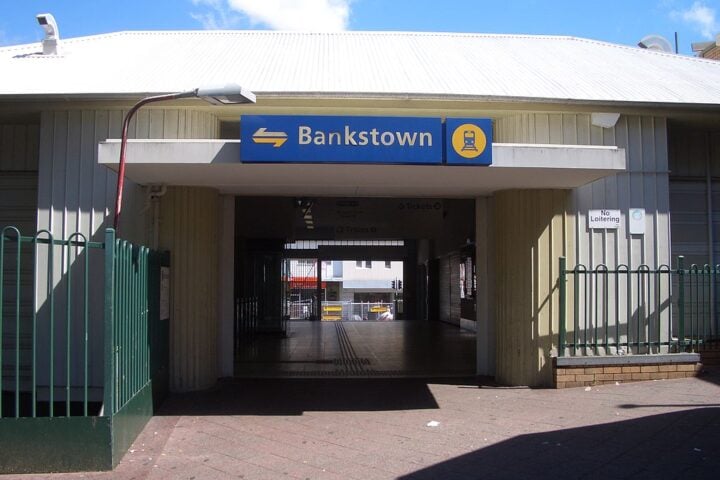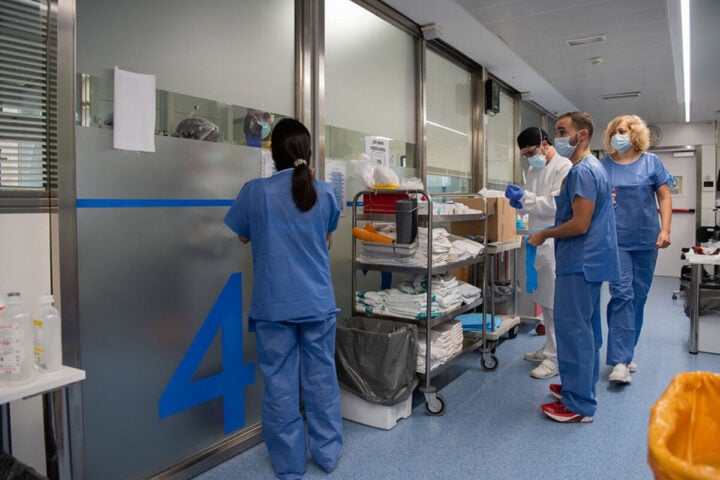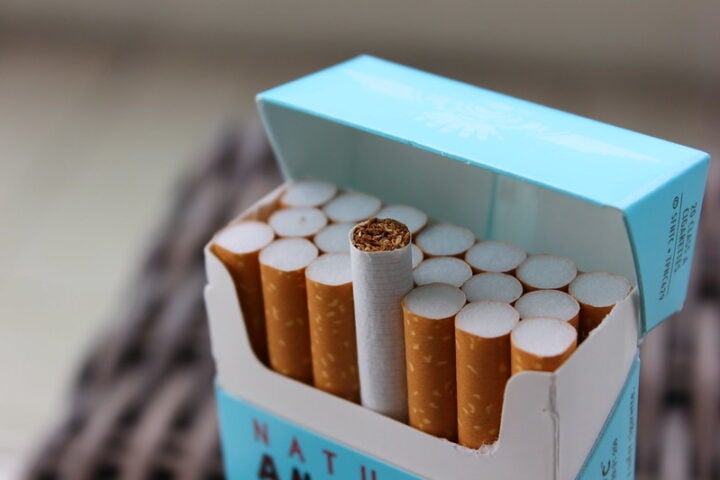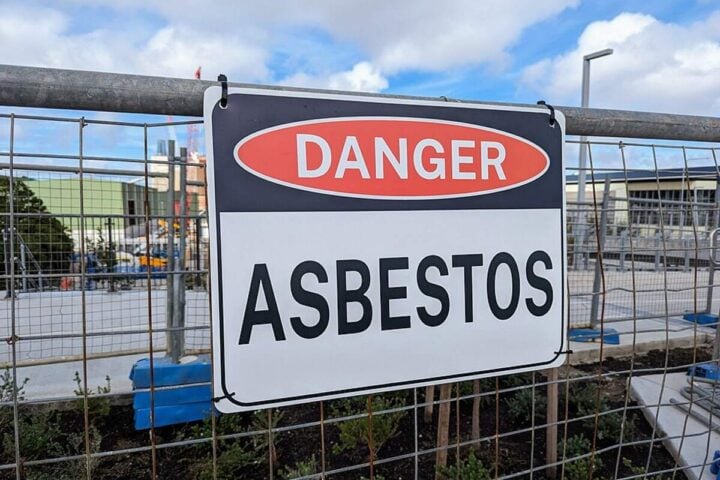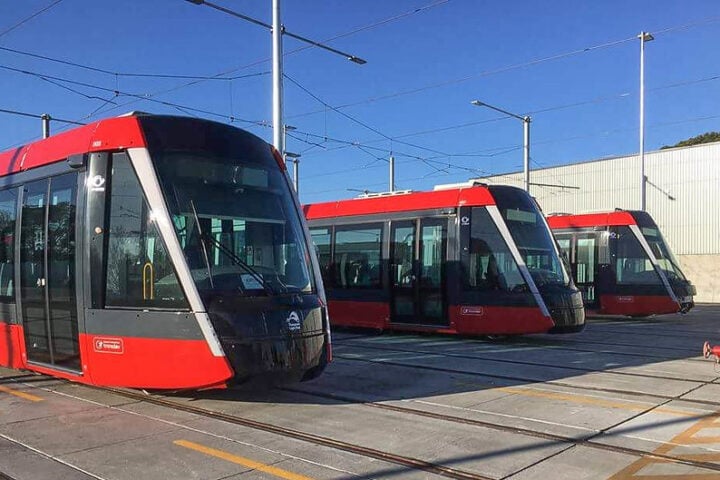Six people have been hospitalized with Legionnaires’ disease after visiting Sydney’s CBD, prompting NSW Health to issue an urgent alert on Thursday, April 10, 2025.
Health officials are warning the more than 500,000 people who work in the CBD and countless visitors to watch for symptoms if they’ve been in the area within the past 10 days.
“People are exposed if contaminated water particles from a cooling system are in the air and then breathed in,” said Dr. Vicky Sheppeard from South Eastern Sydney Local Health District.
The six patients don’t know each other but all spent time in central Sydney during the past three weeks.
Legionnaires‘ disease is a serious lung infection caused by Legionella bacteria. Unlike flu or COVID, it doesn’t spread between people. Instead, the bacteria typically grow in water systems like cooling towers on top of large buildings, but can also be found in spas, showerheads, hot water tanks, and decorative fountains.
Similar Posts
The first signs usually appear within 10 days after breathing in contaminated water droplets. Warning signs include fever, chills, cough, and trouble breathing. If not treated properly, the infection can lead to severe complications including pneumonia, respiratory failure, and kidney damage.
“Those most at risk include elderly people, people with underlying lung or other serious health conditions, and smokers,” Dr. Sheppeard explained.
NSW Health is working closely with the City of Sydney, reviewing maintenance records for cooling towers throughout the CBD to find which ones need immediate testing. Building owners have been reminded they must keep their cooling systems clean and properly maintained under NSW health regulations.
“When we see a cluster of new infections like this, we often find that there’s a cooling tower that is contaminated with the bacteria,” said Dr. Sheppeard. “We’re actively taking steps to identify that tower and have it cleaned so other people don’t become ill.”

Health officials noted the source remains unknown and it’s possible not all cases came from the same place.
Anyone who develops symptoms after visiting the CBD should see their doctor right away and mention their recent visit to central Sydney. For health advice, the public can call health direct on 1800 022 222 anytime, day or night.
Legionnaires’ disease is a severe form of pneumonia (lung infection) caused by Legionella bacteria. It’s not contagious from person to person but is spread by breathing in tiny water droplets containing the bacteria. The disease can cause serious illness requiring hospitalization, especially in those with weakened immune systems or underlying health conditions.
Symptoms typically appear within 10 days of exposure and include fever, chills, cough, shortness of breath, muscle aches, and headaches. Some people may also experience nausea, vomiting, and confusion. If left untreated, it can lead to severe complications including respiratory failure, septic shock, and kidney failure.
If you’ve visited Sydney CBD in the past 10 days, health officials advise monitoring for symptoms. Not everyone exposed will become ill. Those at higher risk include people over 50, smokers, and those with weakened immune systems or underlying lung conditions. If you develop symptoms, see your doctor promptly and mention your recent visit to the CBD.
The bacteria that cause Legionnaires’ disease typically grow in water systems like cooling towers on top of large buildings, air conditioning systems, hot water tanks, decorative fountains, and spas. In urban outbreaks like this one, cooling towers are often the source, as they can release contaminated water droplets that can be carried by wind and breathed in by people nearby.
Legionnaires’ disease is treated with antibiotics. Early diagnosis and treatment are important for recovery, which is why health officials urge anyone with symptoms to seek medical attention promptly. Most people who get treatment make a full recovery, though hospitalization is often required.
NSW Health is working with the City of Sydney to review maintenance records of cooling towers throughout the CBD. They’re inspecting and sampling towers to identify potential sources of contamination. Building owners have been reminded to ensure their cooling systems are properly maintained in compliance with NSW health regulations to prevent further spread.
